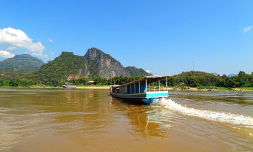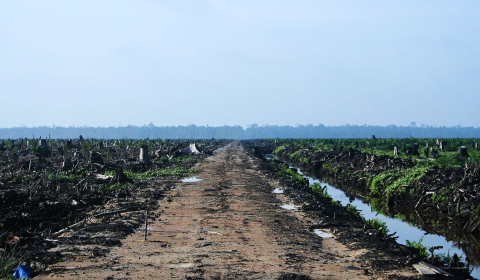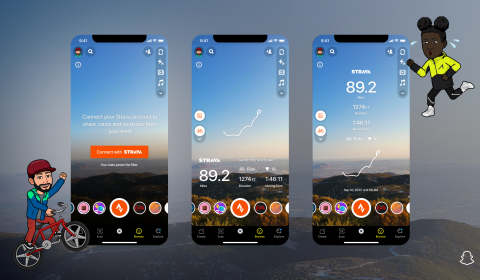In recent weeks, German public health officials have been calling for their government to imitate Spain’s siesta custom of closing shops between 2 and 4 p.m. A ‘siesta during the heat is certainly not a bad suggestion,’ said Karl Lauterbach, Germany’s health minister.
In light of midday temperatures soaring above 30C, local doctors also spoke in favour of adopting the custom, saying, ‘Getting up early, working productively in the morning, and taking a siesta at midday is a concept that we should adopt in the summer months.
Several scientific studies have shown that heatwaves can impair cognitive functions and general productivity. Incorporating a midday rest can enhance focus and mental clarity, resulting in better performance and decision-making during the cooler parts of the day.
Not to mention, prolonged exposure to extreme heat can lead to heat-related illnesses. A siesta allows people to recover and recharge, reducing the risk of heat exhaustion and heatstroke. Getting adequate rest also supports the immune system, helping the body cope with stress and extreme conditions.

Although Europe has held off on adopting air conditioning, citizens are starting to realise that they may soon have no choice. By embracing siestas, European countries can reduce the need for running AC units in businesses and offices all day long, in order to continue their sustainable lifestyle.
Reduced energy consumption during peak heat hours could alleviate pressure on electricity grids, lower overall energy demand, and prevent a rise in emissions.
And obviously, if we’re all going home to our family homes or shared flats during the day, siestas will offer an opportunity for us to gather, share a meal, and spend quality time together. These moments can strengthen social ties, build resilience, and promote emotional well-being.
That said, while the benefits are well-documented, adopting siestas in countries with different work cultures could be challenging.
Work schedules and societal expectations will need adjusting, which will require careful planning and communication. However, tips for how to approach the schedule can be drawn from countries that have already successfully integrated siestas, like Spain and Greece.
In the face of a warming world, the siesta may emerge across the globe as more than just a nap. They could start to be viewed as a strategic tool for societies to cope with a warming world.



















